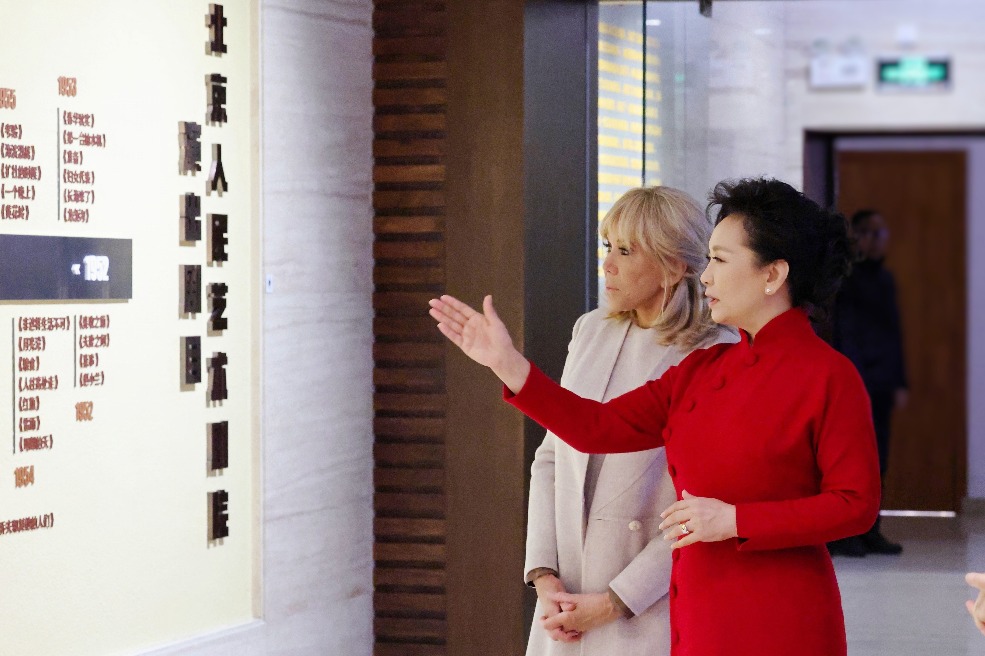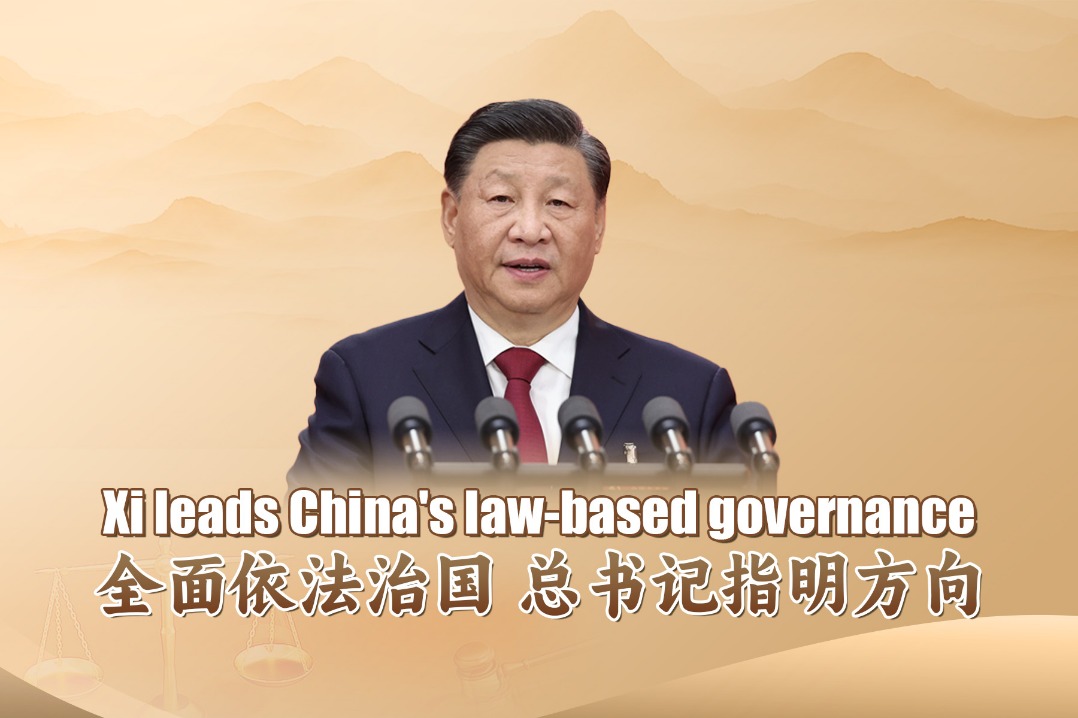Getting world drawn to China
UK archaeologist explores nation's development via ceramics, jades
By ZHENG WANYIN in London | China Daily | Updated: 2025-03-19 09:57

Editor's note: China Daily presents the series Friends Afar to tell the stories of people-to-people exchanges between China and other countries. Through the vivid narration of the people in the stories, readers can get a better understanding of a country that is boosting openness.
China is very, very different. Jessica Rawson repeatedly underlines this point.
This idea might seem obvious, but she believes that people often underplay the divergence that China inherits.
"The big trouble is Westerners don't think they need to study China. They think, if China had a past, it would be like the Greeks, the Romans, or something they're familiar with here," she says. "The West doesn't really notice China, doesn't understand the difference, doesn't understand why your culture is not like ours."
Rather than digging into the similarities we share, recognizing how ancient China charted its unique course may lead to adjustment, and then better mutual understanding, she argues.
For the 82-year-old archaeologist, who is former keeper of the Department of Oriental Antiquities at the British Museum — one of her many titles, her career over the past 50 years has been consistent: China's distinctive path of development, explored through the eyes of objects, like ceramics, jades, and bronze vessels.
By looking into China's material culture, Rawson has provided a new perspective on one of the world's oldest civilizations, uncovering the values, beliefs, and customs embedded in the shapes, colors, and motifs of its remains.
China's distinctiveness was revealed to Rawson long before she set foot in the country.
During a trip to the British Museum at the age of 10 or 12, the Rosetta Stone, inscribed with Egyptian hieroglyphs — a writing system that used pictures as signs — taught her that there is a language in the world not based on alphabetic letters. "Why not look at Chinese if you're interested in this," her parents said and then gave her a small book called Teach Yourself Chinese.
"When you're 12, you can't teach yourself Chinese," she jokes. "But I started to copy the Chinese characters into a notebook."
"Pioneering" is a word often associated with her and her approach to look beyond and look in round was describes as "Rawsonian" by Robert Harrist Jr, professor of Chinese art history at Columbia University in the US.
And she has been determined to study Chinese archaeology and get inside the cosmology of others.
"I've dedicated my entire life to this field," she has written in a letter. "There had been a few resistance along the journey, but I have never thought of giving up."
"Since the Neolithic era, China's developmental path has been uniquely its own. Throughout my academic career, I have increasingly recognized the importance of introducing more people to China's history and the latest results in archaeology. Only by doing so can they cultivate a genuine interest in China."
























